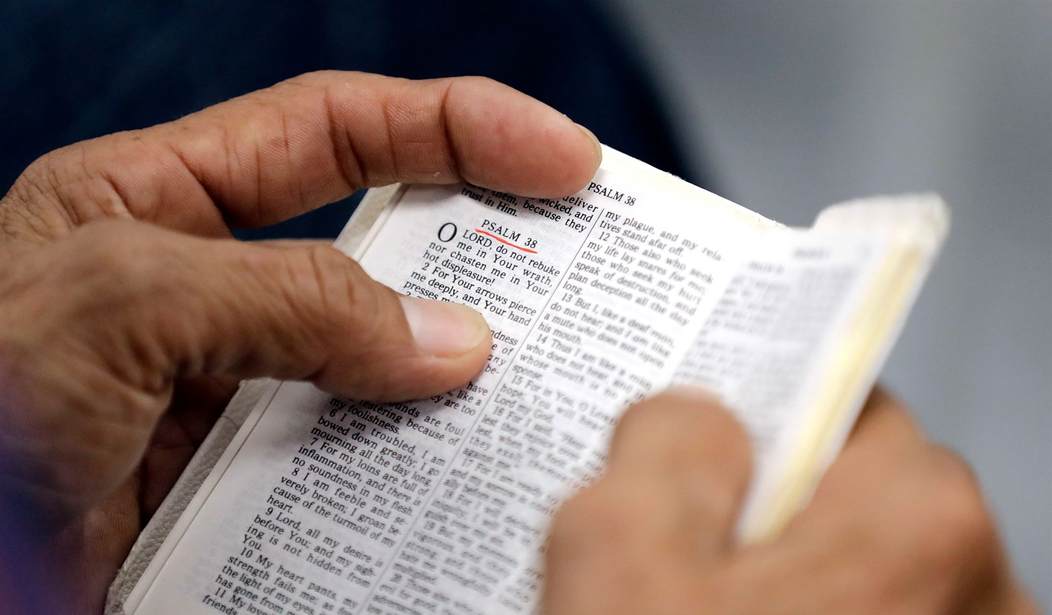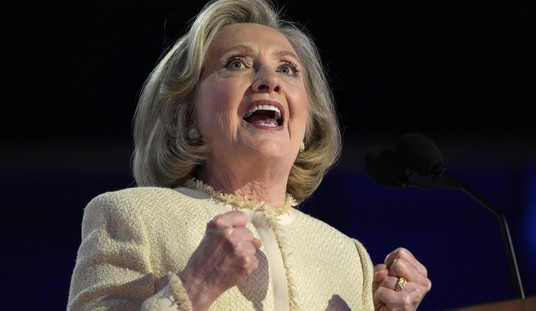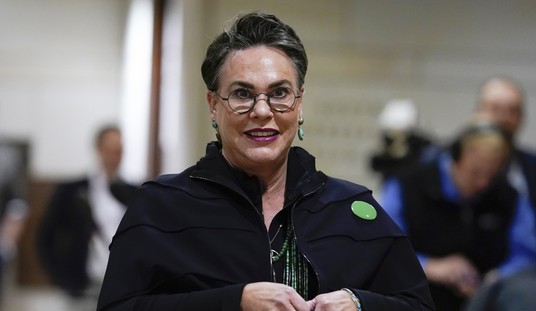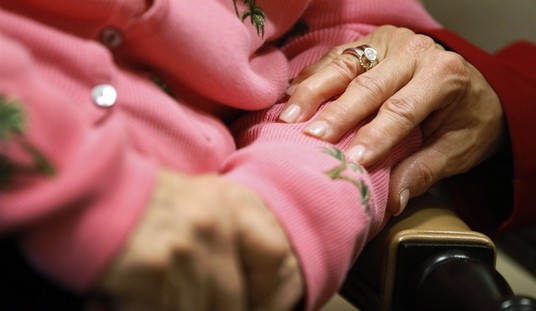The number of Americans attending church services is still below the levels it was at before the onset of the Chinese coronavirus pandemic and the lockdowns that accompanied it, according to a new Gallup poll.
In the period spanning from 2016 to 2019, an average of 34 percent of American adults reported attending religious services, such as those held at churches, synagogues, mosques, or temples, within the previous seven days. However, from 2020 to the present, the average attendance has dipped to 30 percent, with a specific reading of 31 percent in the survey, which was conducted in May.
Meanwhile, the current levels of church attendance show a decline of approximately 10 percentage points compared to the measurements conducted by Gallup back in 2012.
The pollsters explain:
The coronavirus pandemic caused millions of Americans to avoid public gatherings, and many houses of worship were closed to help limit the spread of COVID-19. Still, Americans were able to worship remotely through services broadcast over the internet, television or radio. Most of those who reported attending religious services in 2020 said they did so virtually. Even accounting for remote attendance, however, church attendance figures were lower than in prior years.
It is not clear if the pandemic is the cause of the reduced attendance or if the decline is a continuation of trends that were already in motion. However, the temporary closure of churches and ongoing COVID-19 avoidance activities did get many Americans out of the habit of attending religious services weekly.
Attendance rates have decreased across almost all major subgroups since 2020, with few exceptions. Demographics that had already exhibited low levels of church attendance prior to the pandemic, such as adults with no religious affiliation and political liberals, have not experienced a significant change in their attendance rates.
Protestants have experienced a decrease of four percentage points, from 44 percent to 40 percent, while Catholics have seen a decline of seven percentage points, from 37 percent to 30 percent. Due to limited sample sizes, reliable estimates for other religious groups during the analyzed period were not easily available.
Since the pandemic, when states across the country forced places of worship to close their doors in a misguided effort to protect public health, there have been similar declines in church attendance among Republicans, Democrats, and independents, ranging between three and five percentage points. However, Republicans continue to have a higher likelihood of attending religious services with 40 percent participation, compared to Democrats at 25 percent and independents similarly at 25 percent.
The pollsters summarized their findings as follows:
The pandemic had a profound effect on U.S. society, and it continues to have an impact in some ways. Americans have been less likely to attend religious services over the past three years, and at this point, it does not appear that church attendance will revert to pre-pandemic levels. These recent trends have added to the longer-term decline in religious participation that Gallup has documented over the past two decades.
A recent survey similarly found that only half of Americans now strongly believe in the existence of God, a trend that is a testament to the attacks on Christianity and wider religion by the progressive left. This is a marked drop from 2008, when the proportion of firm believers was higher than 60 percent.















Join the conversation as a VIP Member